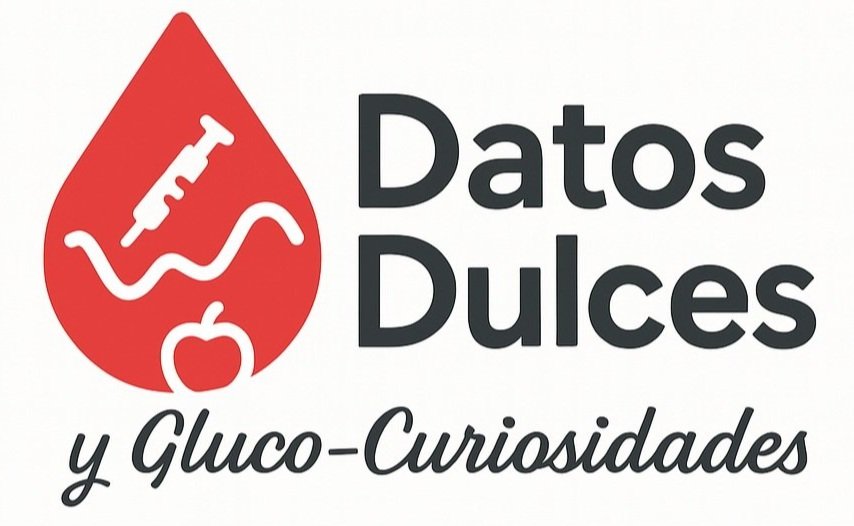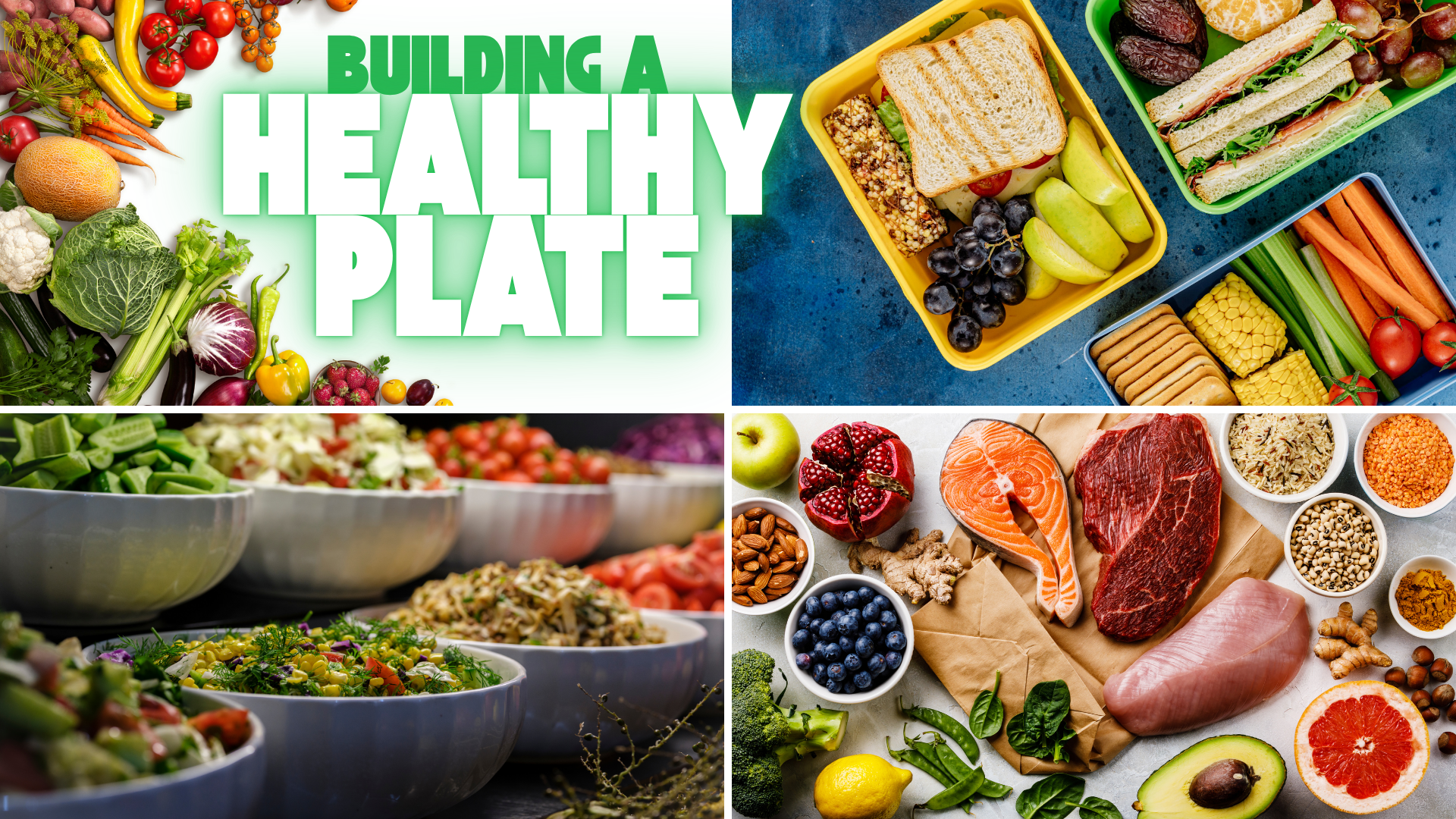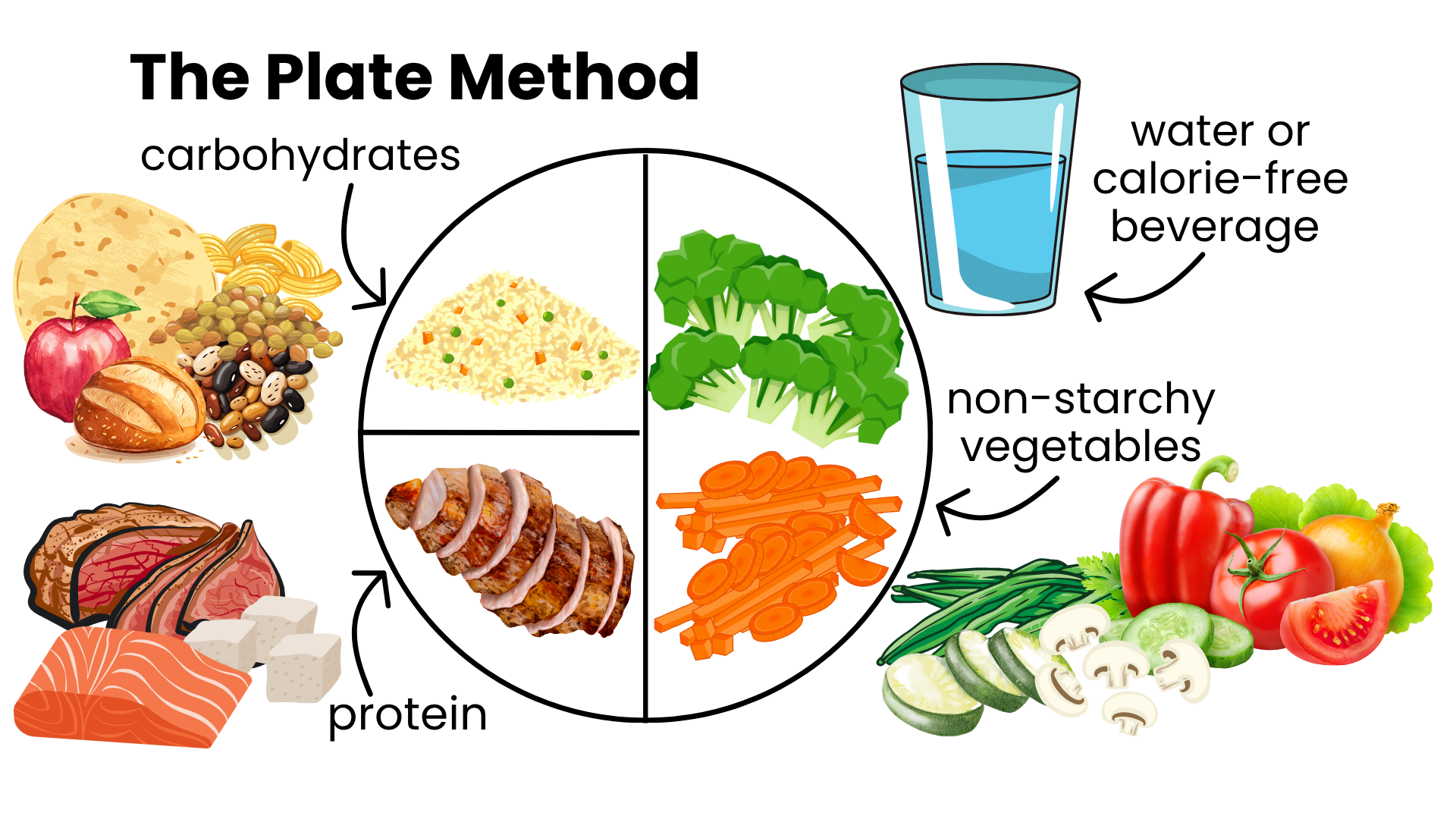How to Build a Healthy Plate if You Have Diabetes
A simple and practical way to eat well and manage your blood sugar.
Nutrition & Diabetes
When someone is diagnosed with diabetes or prediabetes, one of the first questions that often comes up is:
“What can I eat?”
Don’t worry — eating well doesn’t have to be complicated.
The Plate Method is an easy and practical way to prepare balanced meals that help you manage your blood sugar and support your health.
Why What We Eat Matters
The foods we eat affect our blood sugar (glucose) levels.
Carbohydrates (like bread, rice, or fruit) turn into sugar in the body.
Protein (like chicken or fish) helps your body stay strong and doesn’t raise blood sugar.
Healthy fats also give you energy but don’t raise glucose very much.
You don’t have to cut out all carbohydrates — your body needs some sugar to work properly.
What matters most is eating them in the right amounts and combinations.
What Is the Plate Method?
The Plate Method is a simple way to build a balanced meal without complicated measuring or calorie counting.
All you need is a regular-sized plate (about 8–9 inches or 22–23 cm wide) and this easy guide:
Half the Plate: Non-Starchy Vegetables
These vegetables are low in sugar, high in fiber, and full of vitamins.
Fill half of your plate with colorful veggies such as:
Broccoli
Spinach
Lettuce
Zucchini
Tomato
Cauliflower
Cucumber
Nopales (cactus)
Chayote
These foods help fill you up, add nutrients, and support better blood sugar control.
One-Quarter of the Plate: Protein
Protein helps keep your muscles strong and helps you feel full longer — so you’re less likely to overeat.
Good options include:
Skinless chicken
Fish
Eggs
Lean meat (like round or loin cuts of meats)
Beans or lentils- note: these will also add to your carbohydrate load.
Tofu or other plant-based proteins
Try cooking your protein by grilling, baking, or steaming instead of frying to reduce extra fat and calories.
One-Quarter of the Plate: Carbohydrates
Carbohydrates are foods that turn into sugar in the body and have the biggest impact on blood sugar, so they should take up only a small part of the plate.
Examples include:
Rice, pasta, tortillas, or bread
Potatoes, sweet potatoes, or corn
Fruit
Milk or unsweetened yogurt
Beans and lentils (they also contain carbs)
Try to limit sugary drinks like sodas and fruit juices — they can cause your blood sugar to rise quickly, even in small amounts.
Enjoy desserts or sweet treats occasionally, and watch your portions. You don’t have to give them up completely — just enjoy them mindfully!
Why the Plate Method Works
✅ It’s simple: You can use it anywhere — at home, restaurants, or gatherings.
✅ It helps control portions: Especially the amount of carbohydrates on your plate.
✅ It’s flexible: You can still eat the foods you enjoy — just in balanced portions.
✅ It works for everyone: Kids, adults, and people with or without diabetes can benefit.
If you have Type 1 diabetes, you may need to count carbohydrates more precisely since insulin doses are based on what you eat.
Even so, the Plate Method is a great starting point to keep meals consistent and balanced.
Final Thoughts
Taking care of your health begins with what’s on your plate.
With the Plate Method, you can enjoy food that’s delicious, balanced, and good for your blood sugar — without feeling restricted.
Whether you have diabetes, prediabetes, or simply want to eat better, this simple approach can help you feel your best every day.
💬 Remember: It’s always a good idea to talk with your diabetes care team or a registered dietitian to find out what’s best for your individual needs.


